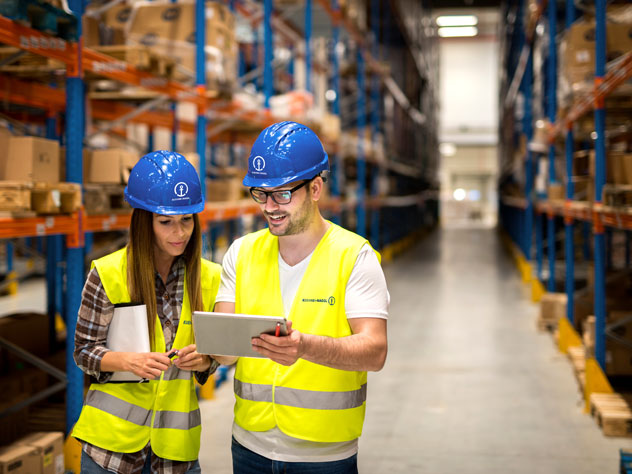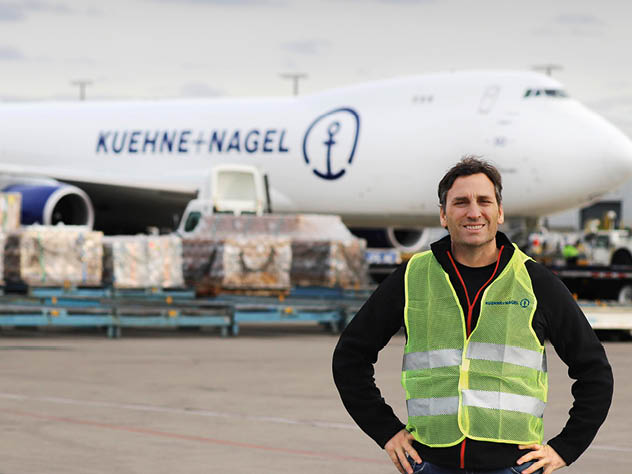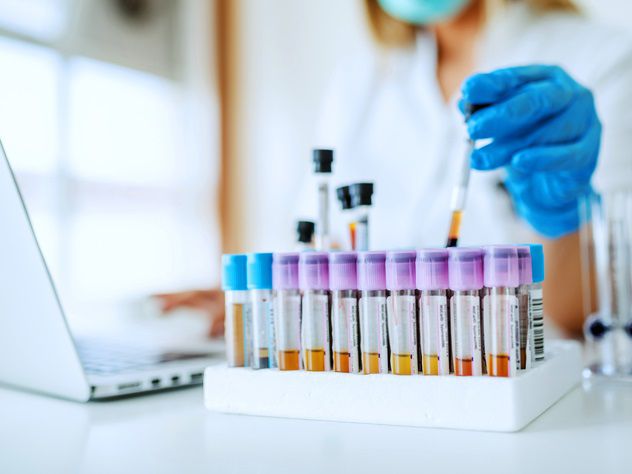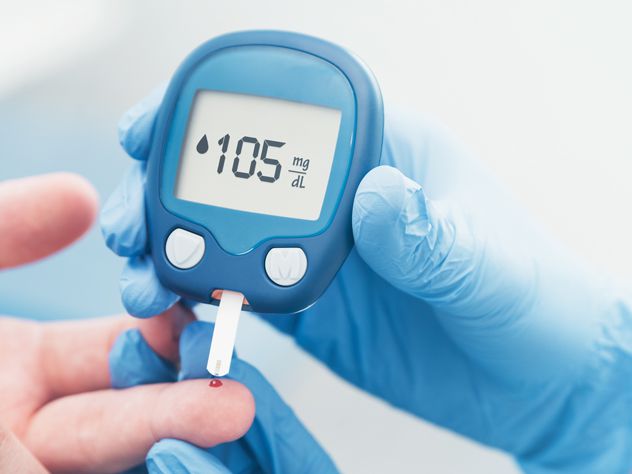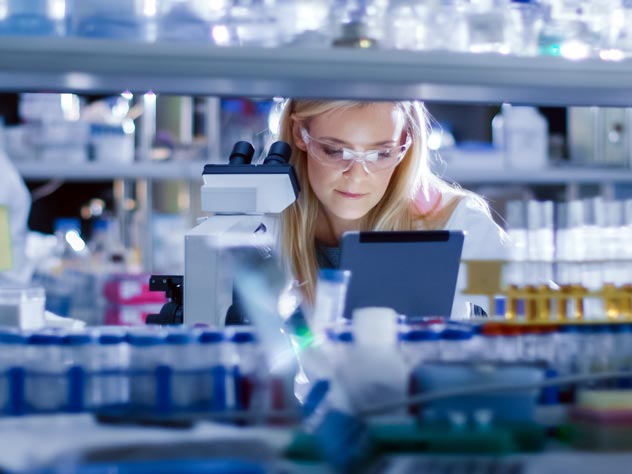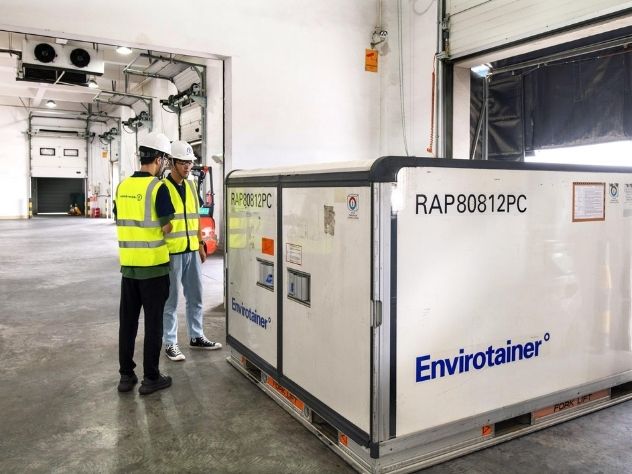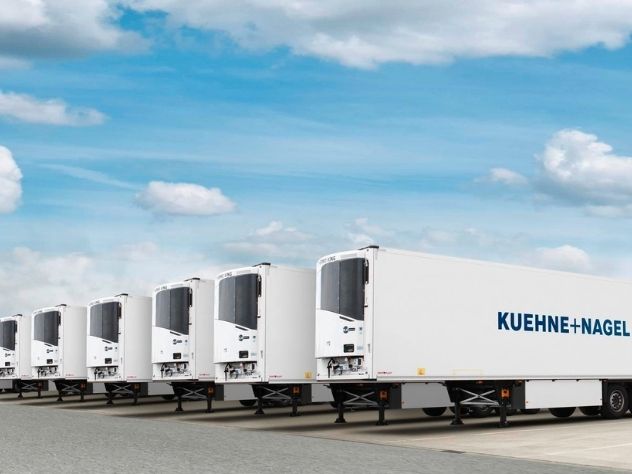What exactly is a medical device? You may think of an x-ray machine that is the size of a room, or other items that you’d only need if you had a serious health issue or medical surgery. However, medical devices are more common than you might think. In fact, you may be wearing one now. Many modern watches have personal wellbeing features that can check your heart rate, tell you how many steps you’ve taken in a day and even raise an alert if necessary. The emergence of smaller devices with greater processing power, as well as developments in wireless technology, are ushering in a new world of interconnected medical technology.
The definition of a medical device is any medical item that is put on you, or in you. Medical devices are used for the diagnosis, prevention, treatment, monitoring or alleviation of disease. These devices include items from simple tongue depressors through to arthroscopy scopes for surgical procedures, such as knee and hip replacements. The COVID-19 pandemic has made us aware of other vital medical devices: test kits, oxygen meters, ventilators, syringes and blood collection tubes. Today, the definition is becoming blurrier with smartwatches, activity trackers and other forms of wearable technology also being classified as medical devices.
A new era
Digitalisation is changing the medical devices sector, offering numerous benefits. Technology today allows patients’ vital signs to be monitored remotely. If their device registers any critical information, an alert can be raised, often before the patient notices anything. Today, many pacemakers use smartphones to enable remote monitoring. This means potential problems can be detected before the patient requires a visit to an emergency room. With over a million pacemakers implanted globally every year, this is a growing market. Google’s impending acquisition of Fitbit, the leading manufacturer of activity trackers, illustrates the importance and growth potential of this market.
As the medical device sector becomes more diverse and varied, the way these devices are transported and stored becomes more complicated. For over a decade, Kuehne+Nagel has been building expertise and developing dedicated GxP facilities to offer customers a comprehensive approach that includes the full spectrum of logistics activities. Transport itself is critical, but so is storage and warehousing. For the Pharma & Healthcare team at Kuehne+Nagel, this means a holistic approach to logistics that considers the connection between every element of the supply chain.
Holistic, end-to-end approach
As situations can change rapidly, a broad network is essential for the secure transport of medical devices. To cater to every customer’s requirements, every mode of transport must be available. This variety of options also supports cost reduction for customers, who can switch to a more affordable mode of transport for non-urgent deliveries. When it comes to urgent deliveries, Kuehne+Nagel understand that it’s not just about reducing costs, it’s about saving lives. For this reason, stringent risk assessment is carried out to ensure the integrity and continuity of supply chains.
Warehousing is a key component of the holistic approach to medical device logistics. Kuehne+Nagel offers dedicated and shared warehouse solutions that are specially tailored for medical technology. The temperature-controlled facilities also offer cross-docking, consolidation, and storage options.
Regulation and compliance
The medical device sector requires strict regulations to ensure devices arrive safely and can provide benefits to patients immediately. This is where industry knowledge is critical. Understanding and adhering to industry regulations isn’t optional – it’s essential. For both the safety of patients and for a manufacturer’s compliance, regulations are vital. Kuehne+Nagel’s 230+ GxP-certified centres around the world ensure that shipments are managed to the strictest of quality standards.
Kuehne+Nagel’s Pharma & Healthcare experts are up to date with the latest legal framework for each country. The two most important regulations are the EU Medical Devices (applicable in Europe) and FDA’s IVD regulations (applicable in the US). The International Air Transport Association (IATA) CEIV pharma certificate safeguards product integrity both domestically and internationally. Kuehne+Nagel is proud to offer an IATA CEIV-certified network that undergoes continuous review and audit processes.
With all this discussion of technology, it’s important to remember the human element of medical technology. Meeting the needs of patients remains the prime focus. The technology serves us, to enable patients to live longer, healthier, and less painful lives with their loved ones. This is what motivates the medical device experts at Kuehne+Nagel to do their best, day in and day out, for patients across the world. For when it matters the most.


